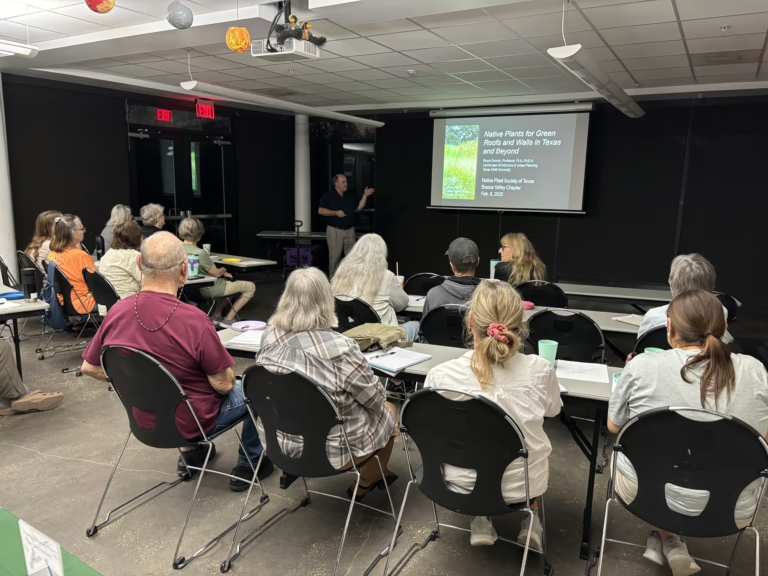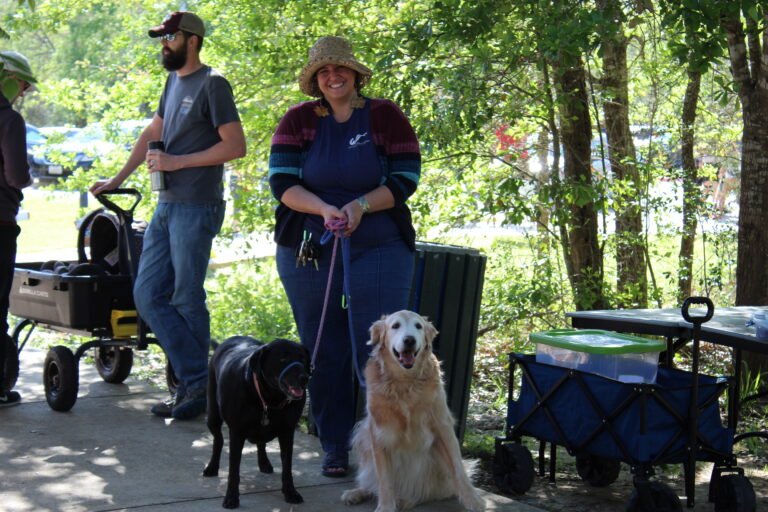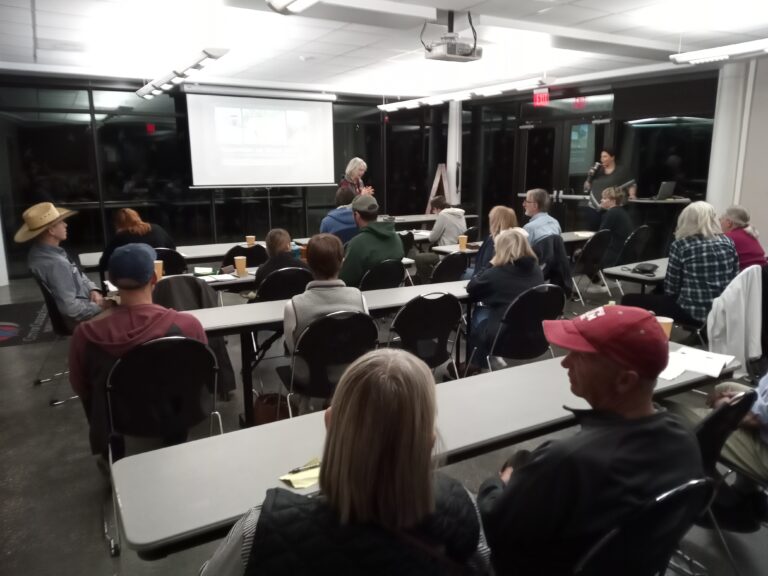Our Mission
The mission of the Native Plant Society of Texas is to promote conservation, research and utilization of native plants and plant habitats of Texas through education, outreach, and example.
What we do as a chapter?
- Meet bimonthly to learn more about native plants and to share our interests and knowledge.
- Take field trips to learn from and enjoy native plant
projects and natural areas in Texas. - Advocate for the propagation and utilization of native
plants in urban and rural landscapes. - Engage in plant propagation and garden projects to promote native plant use.
- Have fun and Spread the word!
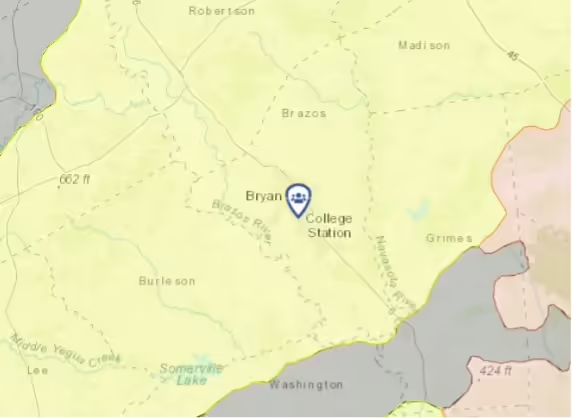
Brazos County and surrounding areas are in the Post Oak Savanna also known as the East Central Plains region. This region of irregular plains was originally covered by post oak savanna vegetation, in contrast to the more open prairie-type regions to the north, south, and west, and the pine forests to the east.
Chapter News
Posts about our chapter activities, and other important information

Field Trip to Cedar Hill Preserve- April 13th, Depart at 8:15 am
At Cedar Hill Nature Preserve, the mission is to restore and improve the land as a natural area that can be studied and enjoyed by many. They are working with Texas
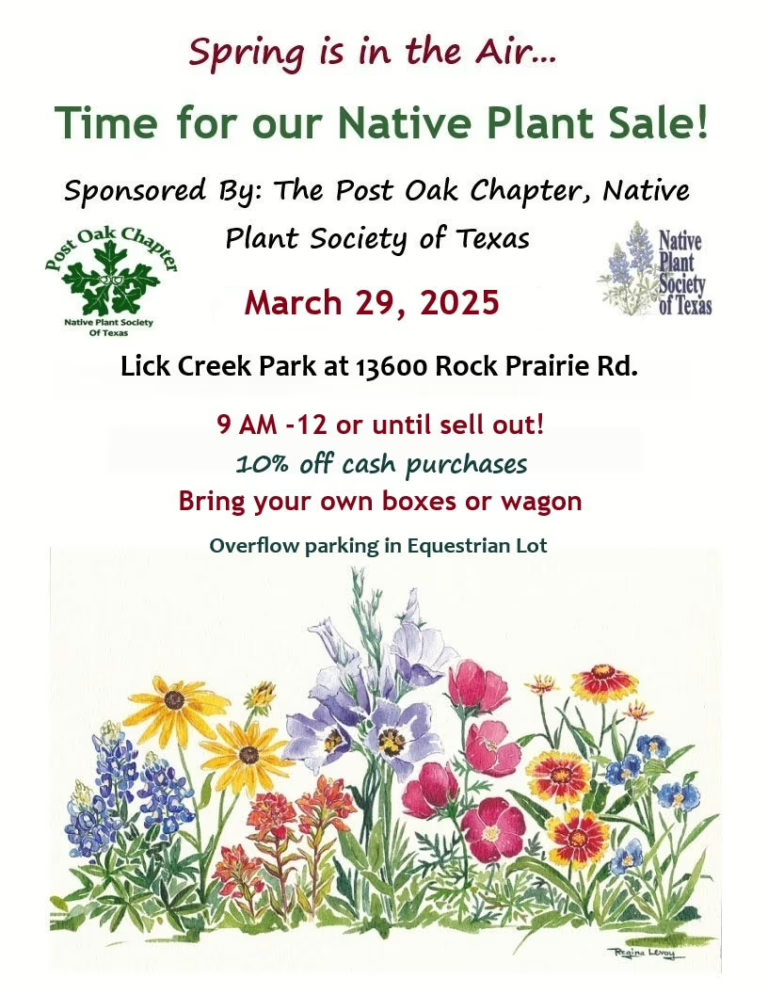
NATIVE PLANT SALE IS COMING SOON! Saturday, March 29th 9 am to 12 noon at Lick Creek Park!
Native Plant Sale
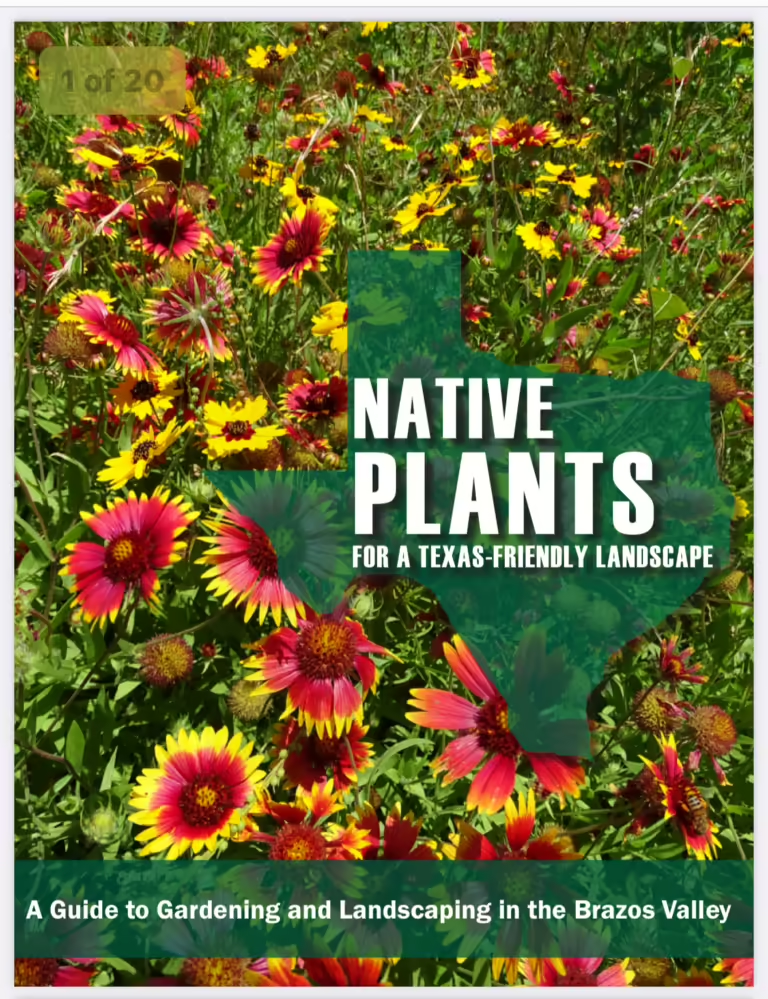
Native Plants for a Texas Friendly Landscape – A Guide to Gardening and Landscaping in the Brazos Valley – https://tinyurl.com/msr7a2kv
Native Plants-A Guide to Gardening and Landscaping in the Brazos Valley
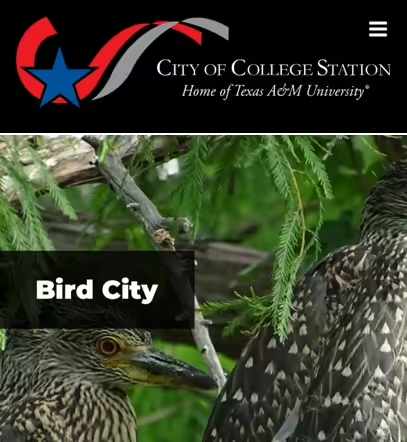
Bird City College Station- check out efforts to protect birds and their habitats
In 2023, the Parks and Recreation Department, in partnership with the Conservation Advisory Group, launched the Bird City initiative. College Station is working towards becoming an official designation as a
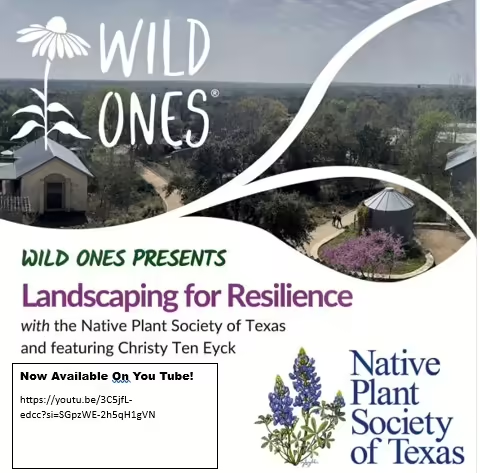
NOW AVAILABLE ON YOU TUBE! Landscaping for Resilience with Christy Ten Eyck & The Native Plant Society of Texas
NOW AVAILABLE ON YOU TUBE! Landscaping for Resilience with Christy Ten Eyck & The Native Plant Society of Texas
Upcoming Events
- There are no upcoming events.


